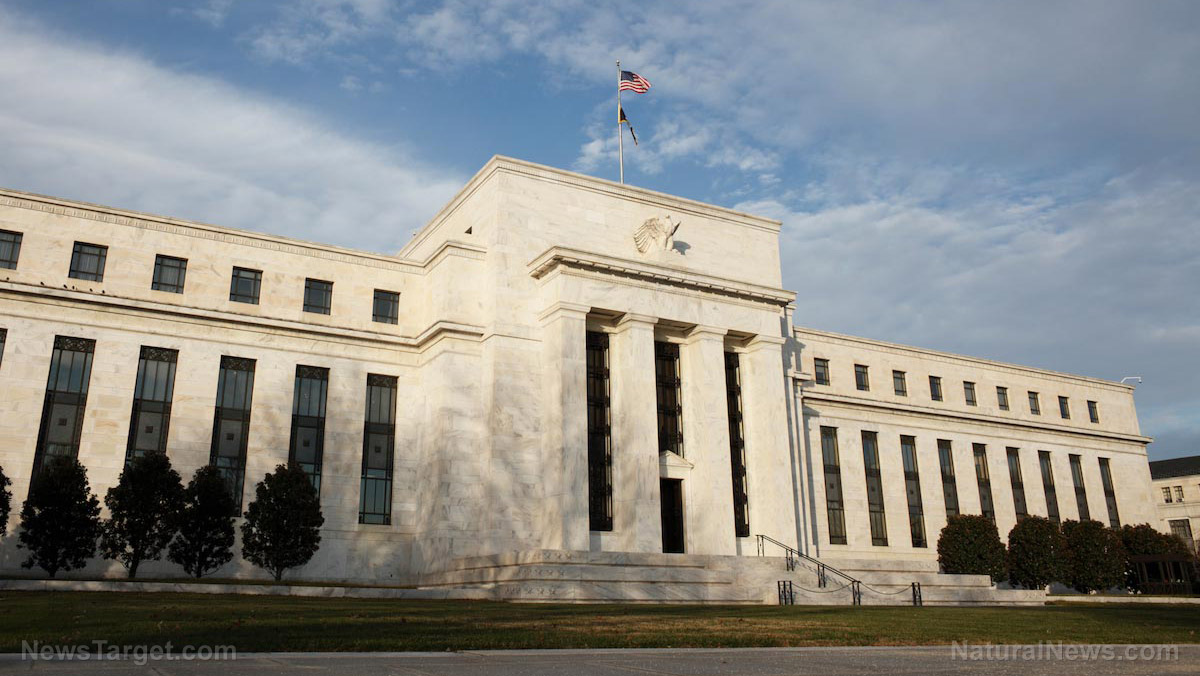- Murray N. Rothbard's "A History of Money and Banking in the United States" offers a detailed examination of the evolution of America's monetary and banking systems from the colonial era to World War II, challenging conventional views with a provocative narrative.
- The book begins with the colonial era's diverse and chaotic monetary system, highlighting the introduction of the world's first government-issued fiat paper money by Massachusetts in 1690, which led to depreciation and inflation, setting a precedent for future economic challenges.
- The Continental Congress's issuance of the Continental currency during the Revolutionary War resulted in hyperinflation and the devaluation of the currency, reinforcing skepticism towards fiat money and influencing future monetary policies.
- The establishment of the First Bank of the United States by Alexander Hamilton in 1791 marked the beginning of a contentious battle over central banking. The bank's inflationary policies and concentrated power faced opposition from the Jeffersonian Democrats, leading to its demise in 1811 and subsequent financial instability.
- Rothbard provides a critical analysis of the National Banking System, established by the National Banking Acts of 1863-1864, highlighting its inflationary nature and vulnerability to financial panics.
In the vast landscape of American economic history, few works have sparked as much debate and admiration as Murray N. Rothbard's seminal book, "
A History of Money and Banking in the United States: The Colonial Era to World War II."
The story commences in the colonial era, a time when the American colonies were vibrant with economic activity but lacked a unified currency. Instead, they relied on a motley assortment of commodity monies, including beaver fur, tobacco and wampum. As trade with Europe intensified, gold and silver coins, particularly the Spanish silver dollar, emerged as the preferred medium of exchange. However, the absence of a central mint led to a proliferation of foreign coins, creating a monetary system that was as diverse as it was chaotic.
In a bid to address the perceived "shortage of money," colonial governments began issuing their own paper currencies. Massachusetts took the lead in 1690, issuing paper notes to pay soldiers after a failed expedition against Quebec. This marked the world's first instance of government-issued fiat paper money. Initially redeemable in gold or silver, these notes soon lost their backing, leading to rapid depreciation and inflation. This cycle of boom and bust, driven by the issuance of paper money, became a recurring theme across the colonies.
The British government's eventual ban on further paper money issues did little to quell the growing distrust in fiat currency. The colonial experience had sown seeds of skepticism that would persist for centuries. The Revolutionary War exacerbated the situation, as the Continental Congress resorted to issuing the ill-fated Continental currency. As expenses mounted, the printing presses ran amok, leading to hyperinflation and the near-worthlessness of the Continental dollar – a debacle that gave rise to the enduring phrase "not worth a Continental."
The post-war period saw a brief return to a specie-based system, but the allure of inflationary policies soon resurfaced. The Bank of North America, established in 1781, was the first central bank in the U.S., but it quickly lost its central role and became a private commercial bank. The dream of a central bank, however, was far from dead.
Enter Alexander Hamilton, the architect of the American financial system. A staunch proponent of a strong central government and a centralized banking system, Hamilton championed the establishment of the First Bank of the United States in 1791. Modeled after the Bank of England, the First Bank played a crucial role in stabilizing the nation's finances. However, its inflationary policies and the concentration of power it represented ignited fierce opposition from the Jeffersonian Democrats.
The battle over central banking raged on, culminating in the demise of the First Bank in 1811 and the subsequent financial chaos. The War of 1812 further destabilized the system, leading to a suspension of specie payments and the proliferation of state-chartered banks issuing their own paper money. The result was a chaotic monetary system with varying rates of depreciation and a lack of confidence in the banking system.
The mid-19th century saw the rise of the Jacksonian movement, which advocated for hard money and the elimination of fractional reserve banking. Andrew Jackson's war on the Second Bank of the United States and his establishment of the Independent Treasury System marked a significant shift toward a more decentralized and hard-money-oriented monetary system. However, the legacy of the National Banking Acts of 1863-1864, which created a quasi-centralized national banking system, continued to shape the American monetary landscape.
In conclusion, "A History of Money and Banking in the United States" is an indispensable read for anyone seeking to understand the complex interplay of politics, economics and power that has shaped America's monetary history. Rothbard's insightful analysis and compelling narrative provide a fresh perspective on the forces that have driven the evolution of the American monetary system, making it a cornerstone of economic literature.
Learn more about the
history of money and banking in the United States by watching the video below.
This video is from the
BrightLearn channel on Brighteon.com.
Sources include:
Brighteon.ai
Brighteon.com
 Parler
Parler Gab
Gab










